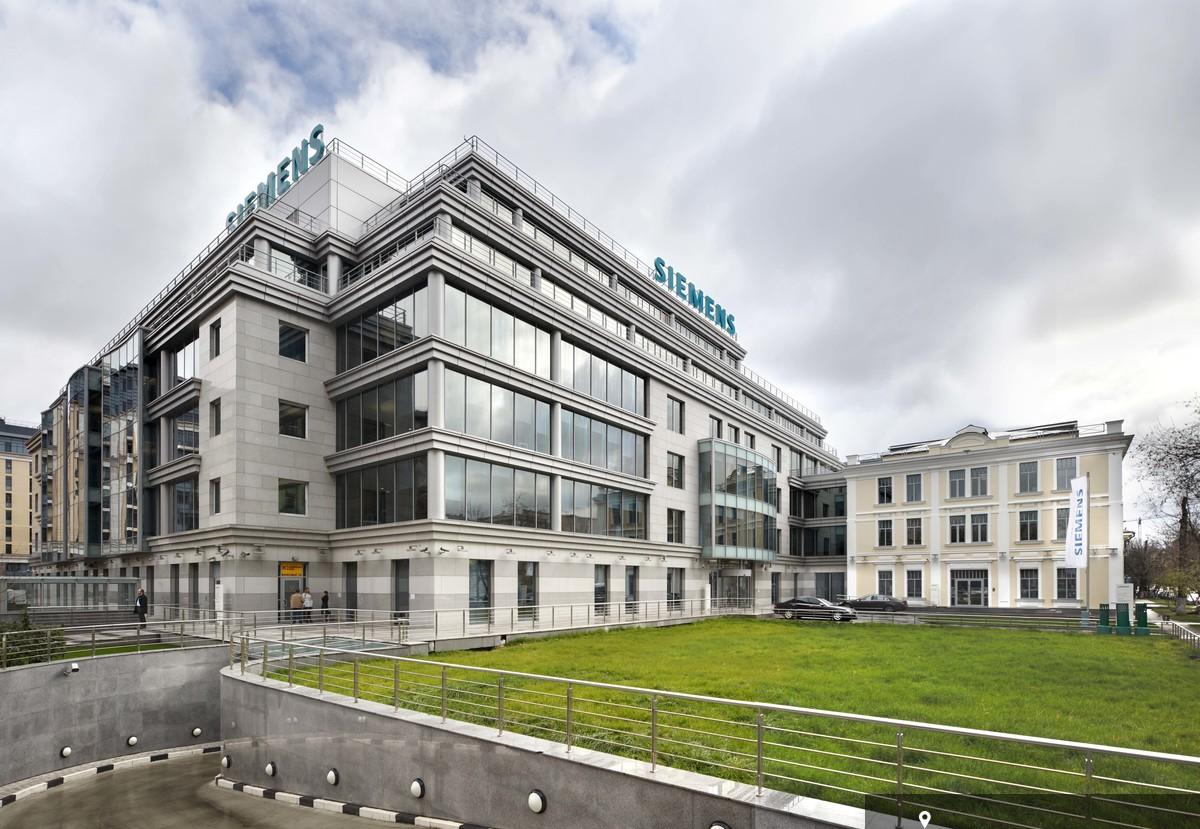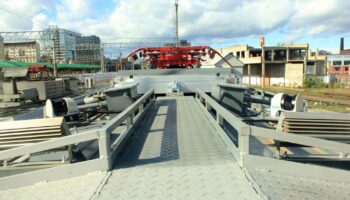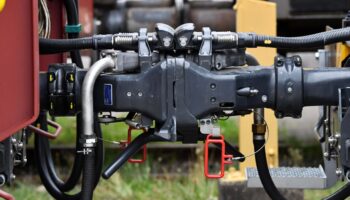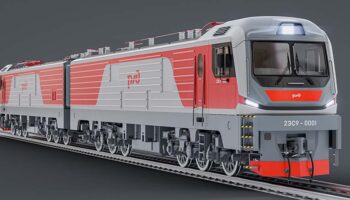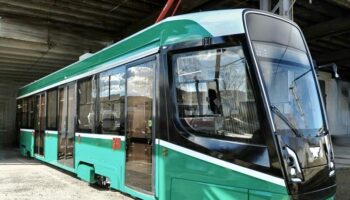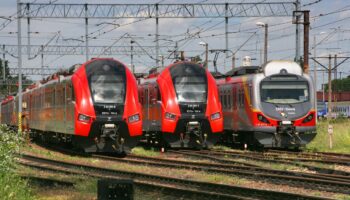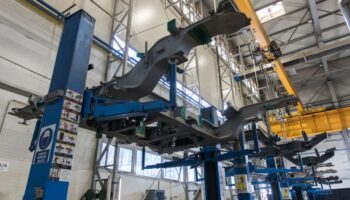Russia: Against the background of the situation in Ukraine and the imposed sanctions, the company has begun the procedure for terminating its production and business activities in Russia. At the same time, Siemens doubts the possibility of leaving China in case of similar events.
Argumentation for leaving the Russian market
Siemens announced the decision to leave Russia on May 12. The company connected it with the negative effect of sanctions imposed on Russia against the situation in Ukraine, as well as current and potential countermeasures affecting the company’s commercial activities, especially the service and maintenance of railway rolling stock. Earlier in March, Siemens already announced the suspension of work on new projects and international deliveries to Russia, but planned to continue maintenance “in strict accordance with the sanctions”.
The announcement of the operations termination in Russia was timed to coincide with the publication of the manufacturer’s financial statements for the 1st calendar quarter of 2022. According to the report, as a result of sanctions pressure and the resulting costs, the revenue of Siemens Mobility transport division decreased by €0.2 bln, and the total loss for the entire company amounted to €0.6 bln.
Nevertheless, Siemens expects to fully cover all costs associated with leaving Russia already in the coming quarter by selling Yunex Traffic, a company-owned traffic management software and equipment supplier. According to TASS with reference to a letter from Siemens President in Russia Alexander Liberov to the company’s employees, over the next weeks the company will work out a detailed plan for the phased closing-up of operations in Russia, and a special working group will be created to implement further steps.
Impact on Russia: high-speed trains
In recent years, Siemens had only one direct contract for the import of rolling stock to Russia: concluded in 2019 with Russian Railways (RZD) for the supply of 13 “Sapsan” (Velaro Rus) high-speed trains for €1.1 bln. At the end of March, RZD’s CEO Oleg Belozerov announced its suspension. He noted that negotiations with Siemens were conducted “until the last moment“, and the German manufacturer was looking for options to continue fulfilling its obligations. Under this contract, RZD managed to receive 4 Sapsan trains (and under all contracts with RZD, 19 10-car trains have been delivered since 2008), the rest of the rolling stock was to be delivered by 2023. In a commentary for WiWo, Maria Leenen, CEO of the consulting company SCI Verkehr, noted that, given the similarity of technical regulation, Siemens could supply the remaining trains to Ukraine (as part of the country’s economic recovery plan being discussed in the EU), Kazakhstan or the Baltic countries.
The main asset of Siemens in Russia is a joint venture with the Sinara Group for the production of electric locomotives and Ural Locomotives electric trains (part of Sinara – Transport Machines, STM), which has been operating since 2010. In 2020, it was announced that within this site it is planned to establish train production for high-speed line projects (in particular, 42 trains were supposed to be purchased for the Moscow-St. Petersburg HSR project).
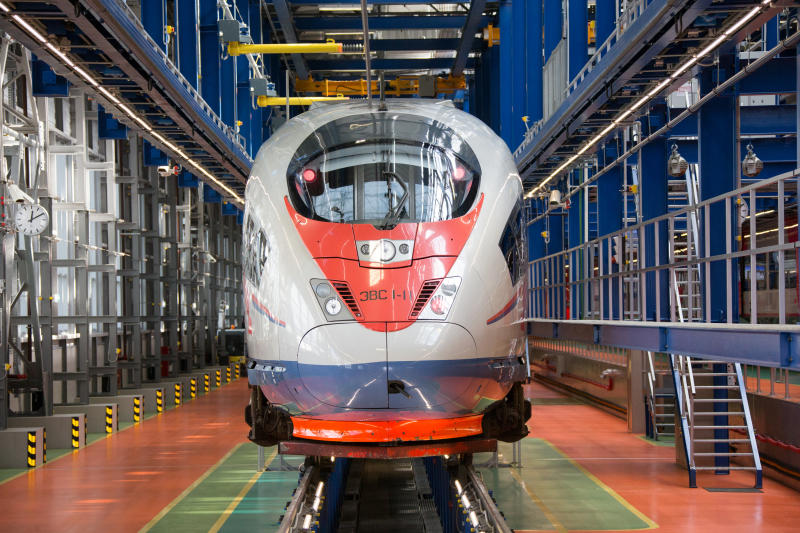 “Sapsan” (Velaro Rus) high-speed train in the Podmoskovnaya depot. Source: RZD
“Sapsan” (Velaro Rus) high-speed train in the Podmoskovnaya depot. Source: RZD
Previously, in 2019, Russian Railways and STM established the Railway Engineering Center to develop a high-speed EMU with a design speed of 360 km/h, while Siemens officially joined the project later, formally signing a cooperation agreement in November 2021. “Siemens will transfer know-how to this activity”, Jochen Rosenzweig, head of Siemens Mobility in Russia, said in an interview with the Railway Equipment Journal in February 2020.
During the New Horizons marathon on May 17, Alexander Misharin, chairman of the STM Board of Directors, noted that the development of the train continues, but at the end of March, Vedomosti, citing its sources, reported that the Russian government was considering refusing to finance the Moscow-St. Petersburg HSR from the National Wealth Fund (NWF): the reserved 500 bln RUR ($6.5 bln USD) for the project are key for its implementation. At the same time, no official statements regarding the future of the HSR project have been made by the authorities at the moment.
Impact on Russia: locomotives and regional trains
Over 1.4 thousand electric locomotives of various models (2ES6, 2ES7 and 2ES10) and more than 200 “Lastochka” electric trains (Desiro Rus platform, previously also more than 50 trains were imported) have already been produced at the site of Ural Locomotives. Siemens and STM own it in equal shares, however, according to the 2021 report, STM has control due to the right to choose its candidate as the general director and chairman of the board of the plant. In a comment to Vedomosti, Siemens confirmed that they intend to sell their stake in Ural Locomotives, while Sinara declined to comment it.
For 2022, Ural Locomotives announced a production plan for the manufacturing of 21 three-section and 90 two-section 2ES6 “Sinara” mainline electric locomotives, as well as 31 2ES7 mainline electric locomotives (including deliveries to Kazakhstan under a contract with SilkWay Transit signed in 2021) and 2 units of 2ES10 electric locomotives. Later, RZD announced plans to purchase 140 Lastochka EMU cars. Prior to all events, in 2021, a promising contract for the supply of 39 “Lastochkas” for the Belgrade Diameters urban railway system project in Serbia was also discussed at a high level.
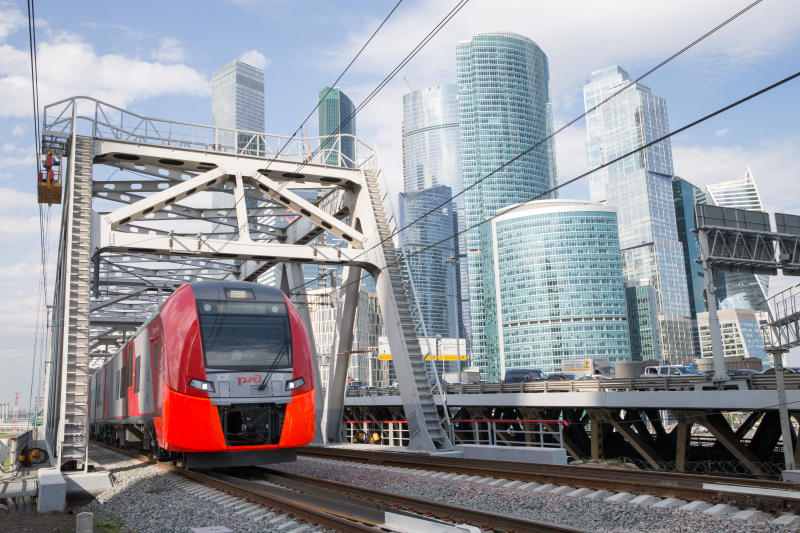 “Lastochka” EMU at the Moscow Central Circle. Source: RZD
“Lastochka” EMU at the Moscow Central Circle. Source: RZD
The localization of the rolling stock produced at Ural Locomotives is at a different level: for example, in 2021, Oleg Valinsky, Deputy CEO and Head of the RZD Traction Directorate, noted in his presentation that the largest share of local components is represented in the most massive 2ES6 electric locomotive and is more than 95%. At the same time, for 2ES7 and 2ES10 electric locomotives, the share is 66% and 61%, respectively. Regarding the current level of “Lastochka” electric trains localization, STM told the Kommersant newspaper that it is 85-87%.
Commenting on Siemens departure, the head of the Russian Ministry of Industry and Trade Denis Manturov noted that he considers it unexpected and strange, given the company’s presence on the market for more than 150 years. At the same time, he pointed out that the possibility of supplying Siemens equipment will remain thanks to the Parallel Importing Act, which allows the import of products without the permission of the right holders.
Impact on Russia: rolling stock maintenance and components
Siemens also established a network of depots for “Sapsan” and “Lastochka” trains maintenance and repair in Russia. The company announced the termination of all contracts for the maintenance of this equipment from May 13. In response to this, RZD reported that they would continue servicing trains unilaterally within the framework of the current Russian legislation.
In particular, the Arbitration Court of St. Petersburg and the Leningrad Region ruled that Siemens Mobility’s equipment, tools and spare parts necessary for the repair of high-speed trains be transferred to RZD for storage and use. The decision was made by the court in response to the operator’s claim to invalidate the unilateral termination of the relevant contract by Siemens Mobility. Additionally, according to Vgudok, the transfer of former Siemens employees to the VSM Two Capitals company, which is owned by RZD, has been organised.
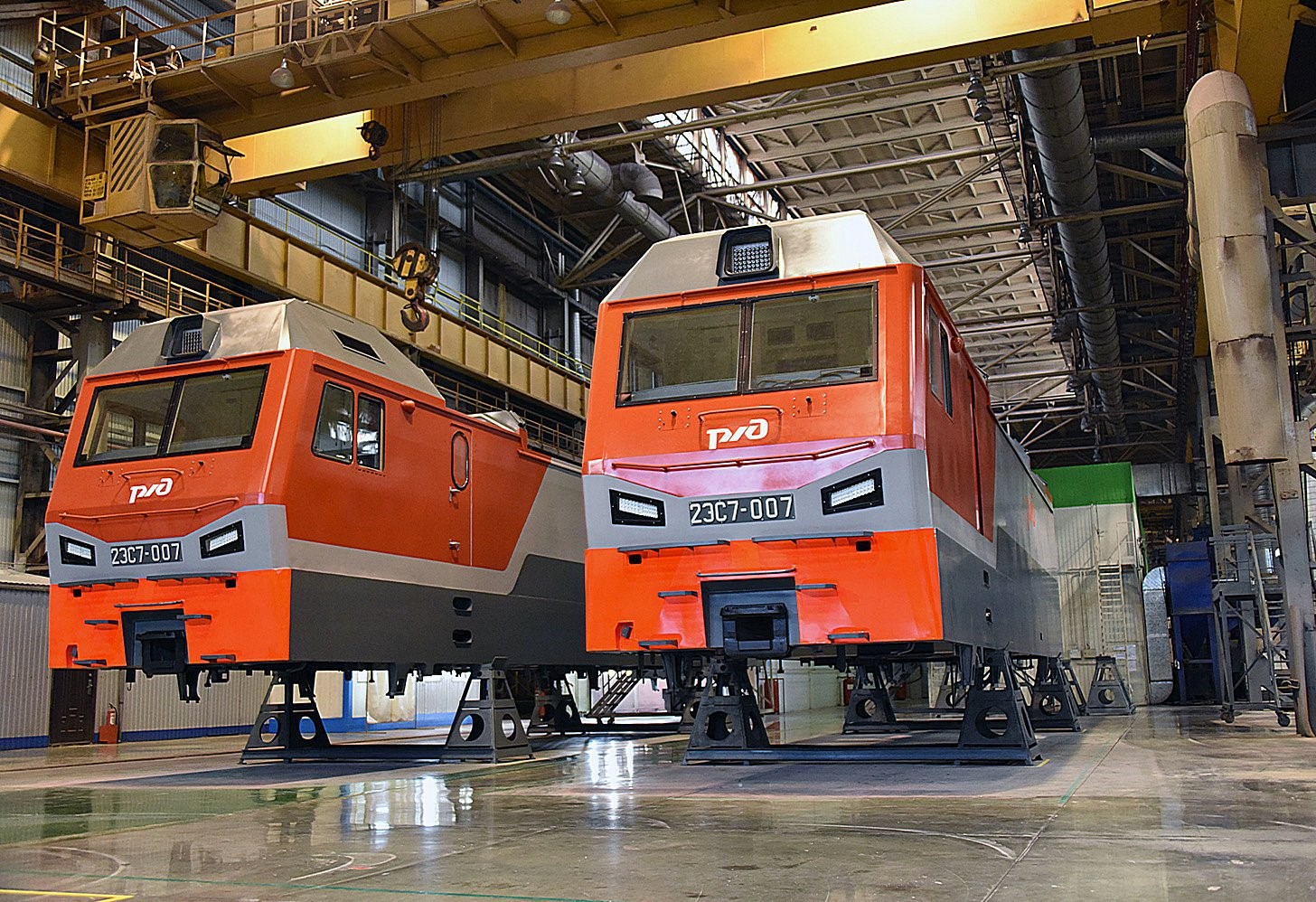 2ES7 electric locomotives production at the Ural Locomotives plant. Source: IA “Agenda”
2ES7 electric locomotives production at the Ural Locomotives plant. Source: IA “Agenda”
It is worth noting that in another lawsuit, the same court also ruled to transfer spare parts and necessary equipment to RZD for the repair of the hydraulic braking system, sorting and control of the hump at the Luzhskaya switching station. For several years, a project has been implemented at Luzhskaya to automate operations, including joint work by Siemens and NIIAS (part of RZD) on the unmanned operation of shunting locomotives. Additionally, on May 12, three more claims by RZD against various Siemens structures were registered in the file of arbitration cases, but their content is unknown.
In the components area, Siemens owns the Siemens Energy Transformers plant in Russia, which began operating in 2012 in Voronezh. In particular, it produces traction transformers and other components for rolling stock manufactured by Ural Locomotives, and since 2021 it has mastered the serial production of transformers for new generation 2ES5S and 3ES5S electric locomotives manufactured by Transmashholding (TMH). According to the Kommersant-Chernozemye newspaper, citing a statement from the company itself, the plant is now operating as always, no cuts are planned. According to the governor of the Voronezh region Alexander Gusev, a new enterprise management scheme is being worked out at the moment, the plant is provided with orders at least until autumn. At the beginning of 2022, the company announced that they planned to produce 236 traction transformers for 59 2ES7 electric locomotives. As the head of the railway transformers division of the plant, Nafis Wertmann, noted, the company’s products have been supplied to Europe for several years.
Another component production, Transconverter, was founded in 2005 by Siemens together with TMH. There was no public information about the prospects for his future work at the moment. According to the company’s website, it manufactures converter equipment for TMH and Sinara vehicles. As Yury Sahakyan from the Institute for Natural Monopolies Research (IPEM), noted in a commentary to the RIA Novosti news agency, it will most likely continue to work, receiving non-localized components from abroad “according to logistics schemes adapted to sanctions restrictions”.
Chinese factor
According to Welt, during the presentation of financial results, President and CEO of Siemens Roland Busch talked about the possibility of leaving the Chinese market in the event of a similar situation that is now developing in relations with Russia. He indicated that he doubted the possibility of turning his back on China in the same way. “This market is too big, no one can refuse it”, Welt quotes Roland Bush. At the same time, he pointed to the company’s interest in reducing the “unhealthy” dependence on Chinese components.
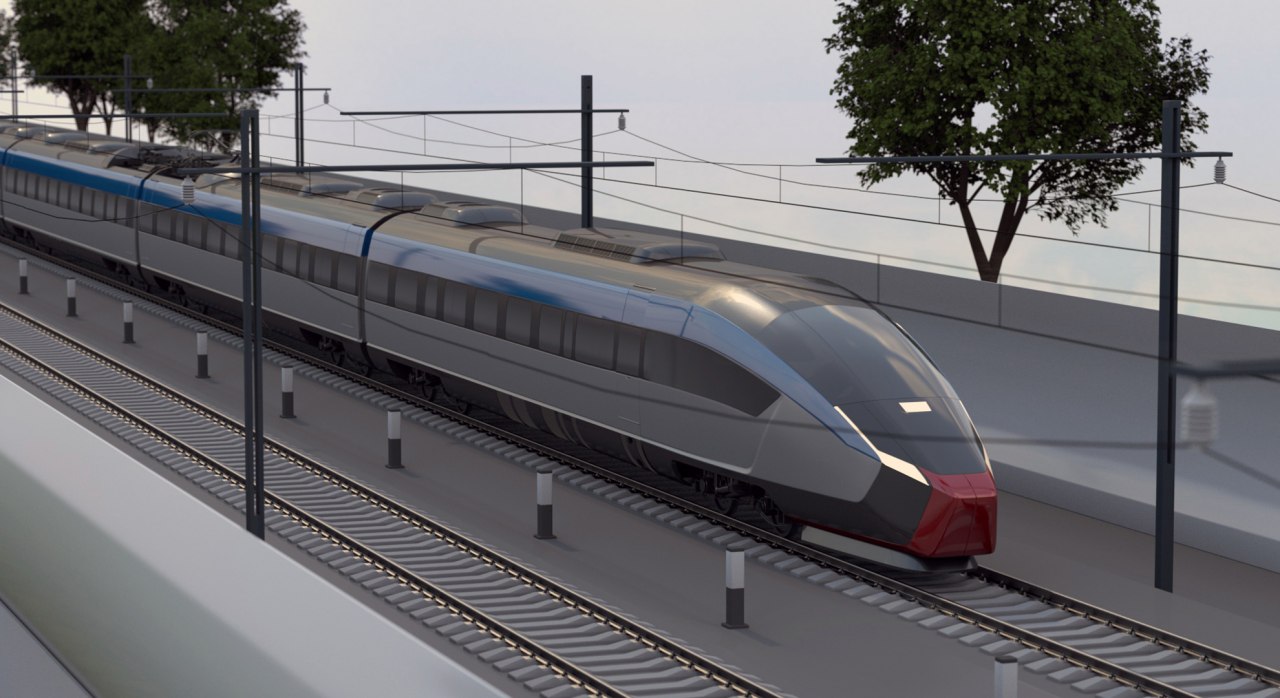 High-speed trains render project developed by the Railway Engineering Center of RZD and STM
High-speed trains render project developed by the Railway Engineering Center of RZD and STM
At the same time, it is the Chinese CRRC that is one of the most probable candidates to replace Siemens in Russian projects for the production and development of rolling stock, which is due to a decrease in order volumes in its local market in China. “Asian companies have already tried to enter the Russian high-speed rail project, and with great difficulty, Siemens managed to displace China a few years ago. Now we are left with no options, we will cooperate with China”, said Alexander Polikarpov, managing partner of ROLLINGSTOCK Agency, in an interview with Sobaka.ru. According to him, the developments and experience gained in joint work with Siemens will also be applied in the new project.





